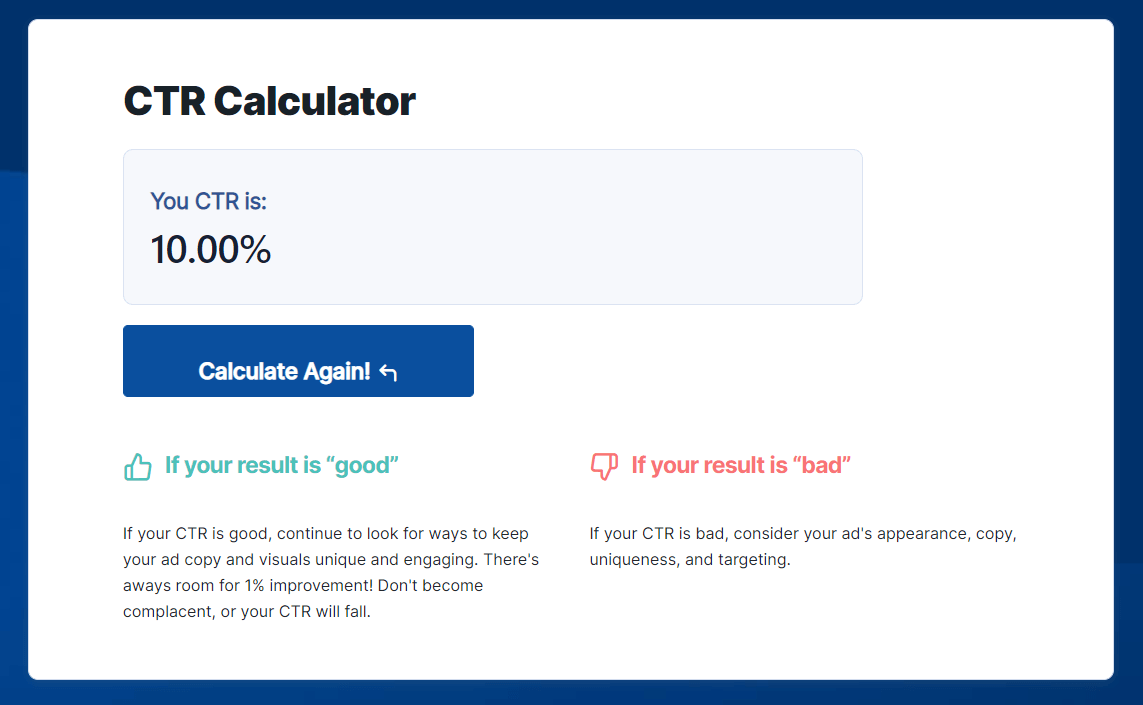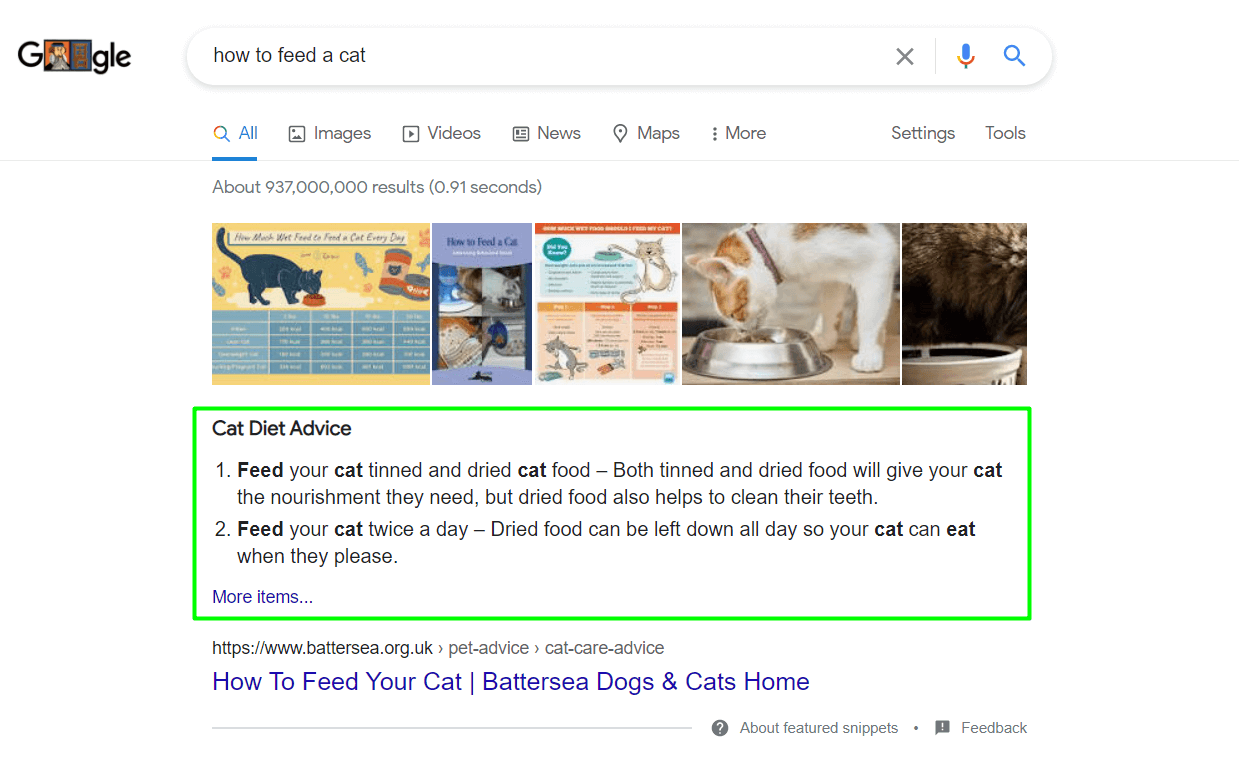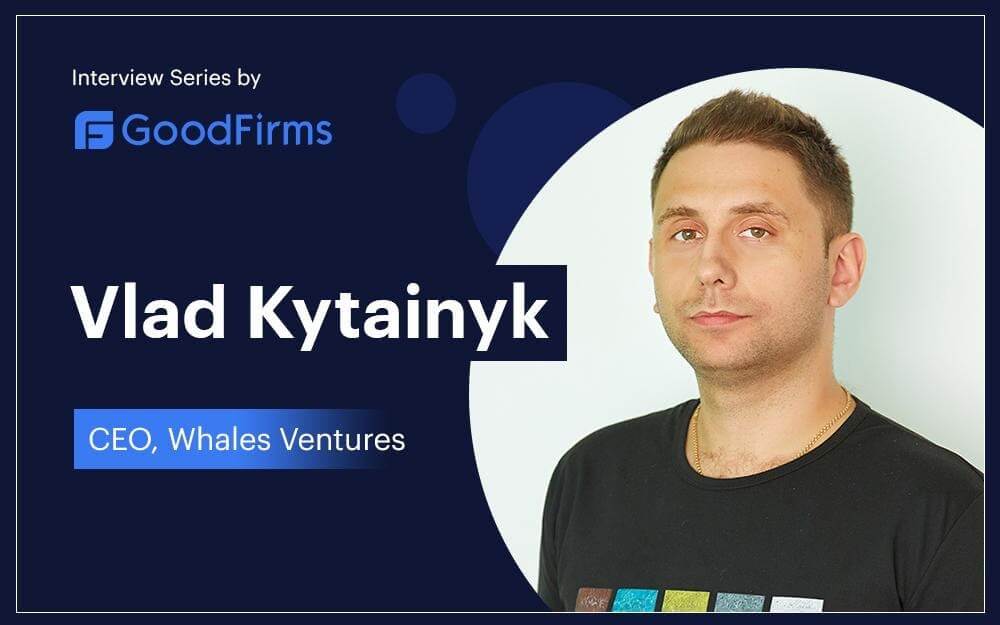Keyword Monitoring Is Not Enough
What's My Google Rank?
If you ever launched and promoted a website, you’ve faced this question. And you probably used some rank-tracking tools to check your site’s average search results and SEO reports. That’s what we did too for quite some time.
Rank tracking is a great way to find out what’s going on with your website. It’s easy to analyze and understand; it’s precise and easy to break down. But it does have some weaknesses. It’s limited. It doesn’t always show the same results — even if you’re searching the same keyword from the same location, but different devices. There’s a chance you’ll end up with different results. Those are just a few drawbacks.
In this article, we’re telling a story of how we stopped tracking keywords: what happened, why we did it, and what metrics we tracked (and are still tracking!) instead.

How We Used Rank-Tracking Tools Until 2019
Short backstory: For seven years, we had tracked Google’s keyword ranking for our own and our clients’ blogs.
We used some tracking software back then — the most popular tools, by the way — like Moz, Ahrefs, and SEMrush. Here’s how.
#1. MOZ, to track search visibility
Moz positions itself as a tool for everything. Fair enough. It provides a number of features — from site crawling tools to link research, and even customized and branded reports.
But as we found out, it works best when it comes to the Search Visibility feature. We used Moz for:
- Monitoring competitors. We benchmarked our website against our competitors’. We also checked what type of content worked for them in terms of backlinks.
- Checking the spam score. The feature isn’t perfect for now, but it can give you an idea of whether the website’s link profile is legit or not.
- Prioritizing keywords. We used Moz to predict keyword performance. MOZ claims it’s 95% accurate.
We also used the MOZ’s Link Explorer a couple of times. However, it isn’t as good as the one Ahrefs has.
#2. Ahrefs, to research competitors and discover new article topics
Just like Moz, Ahrefs is another universal tool. We used it for:
- Skyscraping the technique to get high-quality links
It works like this:
- Find a piece of content with lots of backlinks (using Ahrefs’ Site Explorer or Content Explorer).
- Create content that is way better.
- Ask websites that link to the first piece to direct visitors to your content instead. You can contact them by email or use the comments section.
- Not all are going to answer, but it’s worth a shot.
- For gathering content ideas
We used Ahfers’ Content Explorer to find the best articles on the topics we were interested in. There are over 10 filters (by language, published or republished, number of words, etc). Plus, it lets you sort content by the number of shares on Twitter, Facebook and Pinterest.
- For closing our content gaps
The Content Gap tool helped us find and close content gaps by seeing the keywords our competitors ranked for. This tool helps understand where their traffic comes from.
#3. SEMrush, to track positions and conduct site audits
SEMrush is a complete set of marketing tools made for SEO experts. We used it for:
- Position tracking. SEMrush lets you choose a device to collect statistics. For example, you can view desktop, tablet, and smartphone visitors. This is really convenient in case you’re not sure whether you need adaptive or responsive web design.
- Site auditing, which in handy for checking slow-loading content, crawl errors, missing headers, overuse of keywords, etc.
- Backlink analysis. This lets you enter your site’s domain name and see the list of backlinks. It’s convenient for checking each backlink’s anchor text, top-level domain distribution (.com, .org, .gov, etc.), and IP addresses.
Basically, that’s it. No matter how brilliant all these tools are and how much they helped us automate processes, we still did some manual last-time checks. Just to make sure everything works as expected.
Why We Don't Use Rank-Tracking Tools Anymore
If keywords are that important in content promoting, why not use them as much as possible? You’ll be doing more harm than good. As one Google representative said, we need to pay less attention to keywords and more to valuable content. We can’t agree more. Back in the day, search engines judged pages based on content, not the so-called off-page factors like the links pointing to it.
But it doesn’t work like that anymore.
Nowadays, you have to write for people, not search engines. No matter how many high-ranking keywords, if your content doesn’t appeal to the end-user – you’re in trouble.
We still use keywords to optimize our content: well-structured, full of visuals, with strong examples and insights. Because that’s what SEO copywriting is all about: creating useful and valuable content that targets specific keywords.
Our experience confirms that first, you need to write useful content; then, you add keywords. Only if you want to add them. We’re not saying that rank tracking is a bad idea. We used a keyword tracker — and sometimes still do — for every client we had. But to make great content, you need to go a bit further than just adding a couple of high-ranking keywords.
What Do We Track Now?
If we’re not tracking keywords, what are we tracking then? Here’s our shortlist of essential metrics.
#1. Search Impressions
Here, an impression stands for the number of times someone sees a site in search results.
As we said at the beginning, rank tracking only tracks keywords you request. So, it’s limited either by your budget or imagination – or both.
As reported by the Google Search Console, impressions include any keyword you happen to rank for. To compare, even search visibility trackers like SEMRush or Ahrefs operate with a limited number of keywords.
To track impressions, you can use tools like Google Analytics. It comes with a handy feature called Event Tracking (check more details here).
#2. Long-Tail Keywords
Long-tail keywords are longer in length (3 words and more) than general keywords. They have lower search volume and competition level. What’s even more important, long-tail keywords deliver higher conversion rates.
Let’s run a simple check.
For example, if you provide software development services, you can try ranking for a popular general keyword like “best developers.” Google reports ~1,920,000,000 results with this keyword. Looks like a whole lot.
Or, you may try “best Node js software developers Europe” as a keyword — about 7,650,000 results. Far less than before.
To track long-tail keywords, you can use the same SEO tools we mentioned:
#3. CTR & Contact Form Submission
Finally, we consider the CTR and contact form submission.
Click-Through Rate shows how well your ads and free listings perform. That helps understand the issue and make content and visuals even more compelling and highly relevant.
To calculate the CTR, you’ll need to divide your organic clicks / organic impressions.
Or use an online CTR calculator, like this one.

Form submissions are also quite common conversion actions, from registering for an event to submitting an estimation request. Often, submissions are the primary goal of marketing campaigns.
Tools you can use for CTR and form submission tracking:
We Don't Use Keyword Trackers, Nor Looking For The First Positions. Here’s Why.
Google made quite a few improvements to its search console in the last few years. Now, we have advertisements and paid results, mark-up data, FAQs, and YouTube videos at the top of search results. Rumor has it that ranking at the top positions is not good enough anymore.
At first glance, everything works just fine. Users get answers in seconds, and there are lots of data formats to choose from. But even popular options aren’t perfect.
Zero-clicks
According to research, 65% of Google searches end without a click to another web property. One of the new SEO practices that make it happen is zero-clicks results.
The zero-click result stands for the direct answer to the user’s question right on top of the search page. If the answer is enough, users don’t need to open any other web pages.

Google introduced the feature to help users find the most relevant answers to their questions in a lightning-fast way. But the approach also has its cons.
Since it’s for Google to decide on the fitting content to show up in the zero-clicks field, it may lead to:
- Google showing popular, but not fully accurate information
- Promoting paid content
- Giving short answers, insufficient to grasp the topic
- Keeping potential clients away from the services not belonging to Google
FAQs
Put simply, the FAQ is just another subtype of the zero-clicks field we reviewed. Websites create a special markup to rank higher in Google while users are supposed to see direct answers to their questions.
There’s a catch, though: those who see the information don’t always check its validity, accuracy, and relevance. Not to mention that the FAQ field isn’t that big, so it’s impossible to include all that matters. For example, here’s what you get when you enter “healthcare software development” into the search box.

Though the information is quite helpful, it’s just a quick overview. The rates vary depending on your region, company size, and many other factors.
Voice search
Voice search is getting popular too. Partially because of its convenience and the rise of Siri, Alexa, Google Assistant, and other voice helpers.
The problem is that voice search requires not just special markup, but also keywords and SEO optimization. Google’s algorithms work a bit differently here. Most sources can’t be read by Google. If you ask your voice assistant a question, you only get one answer without a chance to hear others. This may result in users getting deficient information, sometimes from untrusted sources.

Conclusion
By pushing to show the most relevant results, Google often misses the point. That’s why racing for the first positions by tracking keyword rankings doesn’t always work.
If you’re into content marketing, improve your copywriting first. Add materials that contain relevant and accurate information and are at least 1,000 words long with images, infographics, quotes, and links to the trusted sources.
Of course, that doesn’t mean you shouldn’t use a keyword tracker. It’s just that quality matters most (and Google knows that), even if your copy isn’t full of high-ranking keywords.





